Dr. Mabuse
Please allow me to introduce myself, I'm a man of wealth and taste, stole many a mans soul and faith. Pleased to meet you. Hope you guessed my name. But what's puzzling you is the nature of my game…
With his noir-like sensibilities and chiaroscuro lighting, the infamous Fritz Lang is the undisputed Master of Darkness. He uses abstract architecture to mould cryptic-like narratives around characters plagued by drug addiction, crime, murder and suicide. In his early days (during the 1920s and 1930s), Lang was all about misdirection. His most eminent film during this period has to be the groundbreaking science-fiction extravaganza Metropolis (1927). Leading us down sleazy unlit alleyways, he introduces us to the underbelly of society. Think of the harrowing vision he created when he asked us to form a relationship with a child murder in M (1931). He revels in cinematic traffic accidents.
When Fritz moved to Hollywood in the 1930s to escape the rising politics of the Nazi party he was overcast by another master - The Master of Suspense. Unable to command the same artistic freedom that he acquired in Germany, Fritz was relegated to making low-budget B-movies like Man Hunt (1941), Hangmen Also Die! (1943), Ministry of Fear (1944) and Cloak and Dagger (1946). Things could have been different for Fritz if he wasn't such an aggressive and mulish director. But this is what makes him special. He was a maverick.
Before Fritz was thrown into Hollywood's bleak vault of horror, he directed a German "Mabuse" movie based on a novel by the German author Norbert Jacques. Dr. Mabuse, der Spieler [Dr. Mabuse, the Gambler] is a four and a half hour epic that kick started his ultimate trilogy of terror. The second Mabuse film came 10 years later in 1933 in the form of Das Testament des Dr. Mabuse [The Testament of Dr. Mabuse]. After he migrated back to Germany in the 1950s Lang was once again thrown into the world of Mabuse for his 1960s classic Die 1000 Augen des Dr. Mabuse [The 1000 Eyes of Dr. Mabuse].
Who is Mabuse? He is the ultimate criminal architect. A mastermind who gambles with the fate of the people. He is chaos, disorder and mayhem incarnate. When one of his gambling cohorts from Dr. Mabuse, the Gambler observes, 'he had evil eyes - like a beast of prey' you can't help but to feel a sense of subconscious dread hammer at your head. Mabuse attacks the fears of our society and rips open the social fabric of our culture. This is why in Germany the mad doctor is an emblem of archetypical horror comparable to such literary icons as Count Dracula, Edward Hyde and Frankenstein's Monster. Mabuse is also a model of the Nietzschean Superman plugged into the same vein as the villains from Marvel and DC comic books.
The Mabuse movies are stand-alone films that take their cue from the social and cultural atmosphere of Germany from the 1920s all the way to the 1960s and beyond (reflecting the turbulence and zeitgeist of the times) and not from the fantasy foundations of German Expressionist films like Nosferatu and The Cabinet of Dr. Caligari. Lang utilised key expressionist devices like madness, murder and mayhem but the Mabuse movies are firmly chained down by the laws of reality. Watch as the demonic doctor deliberates next to an open fire below the painting of Lucifer. Who is Mabuse, the doctor, the gambler, the criminal! According to Lang, 'Mabuse is everywhere and nowhere at once.' Welcome to the many masks of Mabuse!
Disc
Set aside a mountain of time for 'The Complete Fritz Lang Mabuse Box Set' because it's going to take a mammoth 19 hours to get through the material. Feast your eyes on the films, eavesdrop on the commentaries and ogle at the special features:-
Disc 1: Dr. Mabuse, der Spieler (Dr. Mabuse, the Gambler) 1922 - part 1 (2hrs 36min)
Disc 2: Dr. Mabuse, der Spieler (Dr. Mabuse, the Gambler) 1922 - part 2 (1hr 56min)
Disc 3: Das Testament des Dr. Mabuse (The Testament of Dr. Mabuse) 1933 (1hr 56min)
Disk 4: Die 1000 Augen des Dr. Mabuse (The 1000 Eyes of Dr. Mabuse) 1960 (1hr 40min)
Supplements
Commentaries (8 hrs 8min)
The audio commentaries for the Mabuse movies were recorded especially for The Masters of Cinema release. Film scholar David Kalat (author of The Strange Case of Dr. Mabuse: A Study of the Twelve Films and Five Novels) presents them with passion, enthusiasm and intelligence. The only other film expert who brings this level of dedication to talk over tracks is horror buff David Skal on the Universal Horror discs. All four commentary tracks are necessary listening for Mabuse fans. You gotta give Kalat credit for keeping us glued to our sofas for nigh on 8 hours. The great thing is he never falls into the academic quandary of being ponderous or pretentious. Maybe he's the one channelling Mabuse's hypnotic powers…
Kalat digs deep into the history of Mabuse and extracts colourful information with expertise. He connects his knowledge to the larger social and cultural fabric of German society post World War I (the death of the Weirmar republic, the economic turbulence and the rise of Hitler and his Nazi party). It makes for heavy listening if you wanna attack this beast with one swoosh. If you don't tackle it chunk by chunk, your brain is likely to explode with the deluge of information. The commentaries are spiced with fascinating antidotes throughout, like how the American version of Dr. Mabuse, the Gambler was cut from four and a half hours to just ninety minutes and the fact that Sergei Eisenstein (director of Battleship Potemkin) re-edited the film for Russian audiences.
The only problem that arises is Kalat seems to be reading from notes rather than engaging with the visuals. He does however offer an interesting antidote about the uneven frame rate of silent cinema (how it fluctuates from picture to picture). One thing that boggles the mind is Kalat even manages to connect Mabuse to modern points of reference. Referring to such films as Trading Places (the manipulation of the stock exchange), Kill Bill (how it was separated into two films like Dr. Mabuse, the Gambler), The Usual Suspects (creating a seed of elaborate and deceptive devices) and Die Hard (criminals exploiting law enforcement).
You can't help but imagine how exciting it must have been to be a cinemagoer in the 1920s. The commentary tracks offer fascinating antidotes, historical context and cultural relevance wrapped around the wonderful world of Fritz Lang and Dr. Mabuse. Kalat comes across as a likeable and interesting bloke. Here are a few examples of what he has to say about Mabuse:-
Kalat Quote: 'Mabuse uses social decay as a weapon against the upper classes.'
Kalat Quote: 'Mabuse is like Godzilla, or Batman or James Bond or Dr. Who not just a reoccurring character across a sprawling franchise but a character who was authored by many authors working in different mediums.'
Kalat Quote: 'The jigsaw puzzle of the story is carefully assembled, taken apart and re-assembled in a new shape.'
Mabuse Music (12min)
Footage of Aljoscha Zimmermann playing piano music for Dr. Mabuse, the Gambler. He gives examples of his craft and how he tried to capture the fluctuating psychology of Mabuse. Even though Zimmermann's music is weak and somewhat repetitive, he put a lot of time and effort into creating the emotional atmosphere for the silent world of Mabuse.
Norbert Jacques (9min)
An introduction to the author of Mabuse. Michael Farin talks about the philosophical quality of the Norbert Jacques character and how the inspiration was derived from the idea of a Nietzschean Superman and the effects of the First World War on the German psyche. This, according to Farin, added to the destruction of German values with the excesses of gambling, greed, prostitution and booze. Mabuse is a composite of the breakdown of moral society. A reflection of the stale economic times and how this was a perfect precursor for the rise of somebody like Adolf Hitler. It's a shame that Jacques hasn't achieved the same level of recognition as Stoker, Shelly and Stevenson. He died in 1954 at the age of 73.
Mabuse Motives (30min)
A wonderful documentary that explores the mythology of Mabuse in relation to German cinema. It links the themes and preoccupations of expressionism by looking at clips from Faust, The Golem, Metropolis and Lang's early film The Spiders (which laid the foundations of Lang's style and thematic concerns). The voice-over is energetic and passionate; the short interview with Lang from 1968 is intriguing.
Alternative Ending (1min)
A slight variation of the original ending for The 1000 Eyes of Dr. Mabuse.
Wolfgang Preiss Interview (15min)
2002 interview with the Mabuse inspired villain from The 1000 Eyes of Mr. Mabuse who also appeared in the string of sequels throughout the 1960s.
English Dubbed Version (1hr 40min)
Like the release of Amsterdamned, it's fascinating to watch the dubbed version of The 1000 Eyes of Dr. Mabuse with English subtitles to see the subtle variations in language. This is even better than the German version because you can focus on the visuals rather than having to look at the subtitles. Some of the actors (especially Dawn Addams who plays Marion) spoke in their native tongue (English) while making the film. It must have been strange for the cast talking to each other in different languages. It's captivating how well the dubbing matches the rhythms of speech.
Booklets
All the booklets are accompanied by an array of production stills, illusions and posters. Each booklet also contains an essential guide on how to view the films in their original format.
First Booklet
Notes on the Restoration - Brief notes on the restoration and reconstruction that took place in 2000.
Kitsch: Sensation - Culture and Film - Transcribed lecture by Lang about film reflecting the zeitgeist and cultural value of the times, 'In order to understand its language [film], we need nothing but two eyes open.'
Fritz Lang on Dr. Mabuse, der Spieler - Lang discusses the social impact of his 1933 film, 'It is a documentary on the post-war period […]. It was also a picture of how crime was rampant in Germany after the First World War. The film reflected the demoralised atmosphere of Germany at the time, with the despair and vice attendant on the loss of war. It was the kind of atmosphere in which a man like Mabuse could thrive. I saw the master criminal after World War I as a version of the Superman which Nietzsche had created in his writing.'
Second Booklet
The Silence of Mabuse - An impenetrable long-winded essay by French critic Michel Chion filled with dense academic mumbo-jumbo about Lang and something called Acousmetre.
Fritz Lang on Das Testament des Dr. Mabuse - Absorbing excerpts written by Lang about Mabuse, filmmaking, Nazi's and God.
Third Booklet
Everybody's Got Something to Hide Except for Me and My Monkey - Excerpts from David Cairns essay on Lang and his chimpanzee Peter.
Fritz Lang on Die 1000 Augen des Dr. Mabuse - This essay examines Lang's approach and style to filmmaking. He sums up Mabuse with crystal clarity, 'He is evil incarnate, a drive for power that ends by destroying itself.'
The Final, Unrealised Projects - Lottie Eisner (author of The Haunted Screen) writes about two films that Lang never made.
Trivia: According to the truth twisting exploits of Lang he said that the Nazi party and Joseph Goebbels (Minister of Enlightenment and Propaganda) responded to 1933s The Testament of Dr. Mabuse in a negative light, seeing it as a politically subversive attack on the philosophy of Nazism (in his commentary track Kalat proves this is unfounded media hype on the part of Lang). It does help to add to the mythology of Mabuse, what with Lang anticipating the rise of Hitler and whatnot.
Verdict: Depending on your tastes, this is the box set to beat box sets. The films ooze with atmosphere, personality and tension and they also explore social decay and civil unrest. The Mabuse movies are fables of crime before their time.
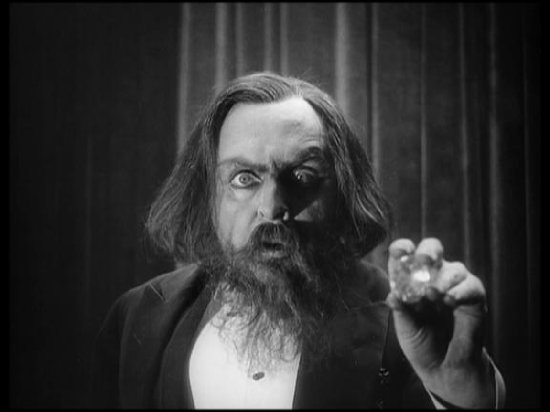
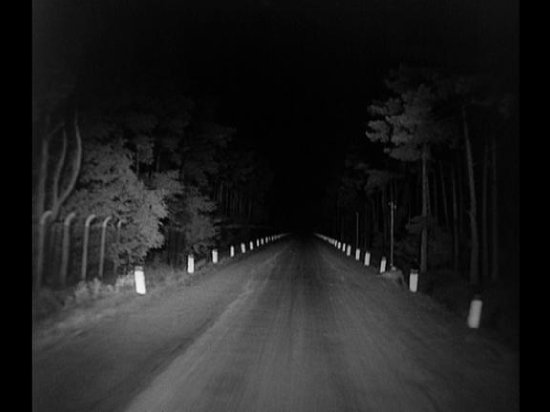
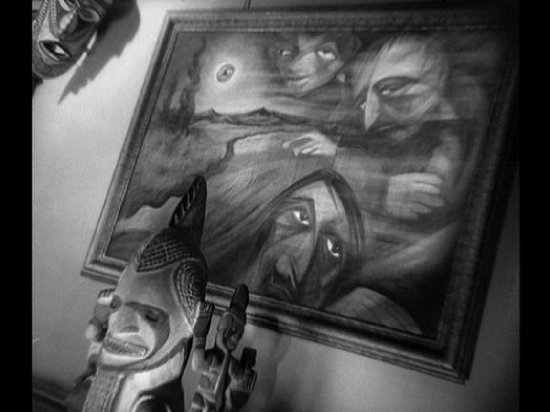
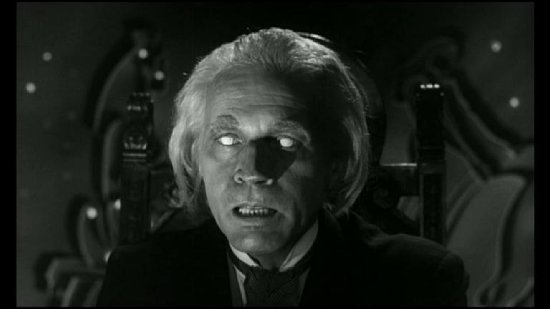
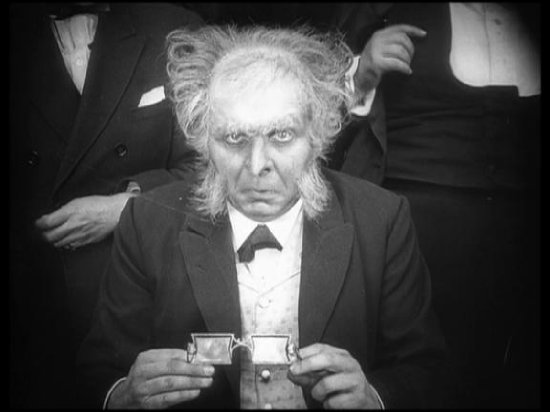
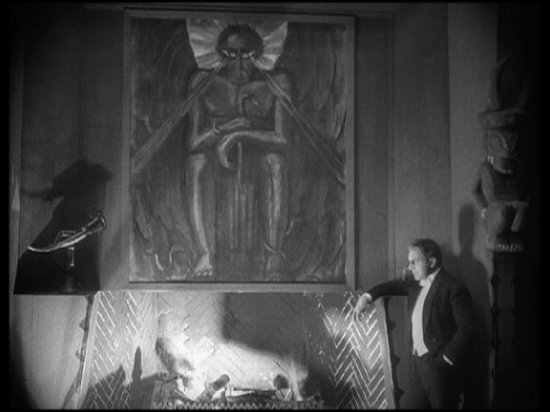
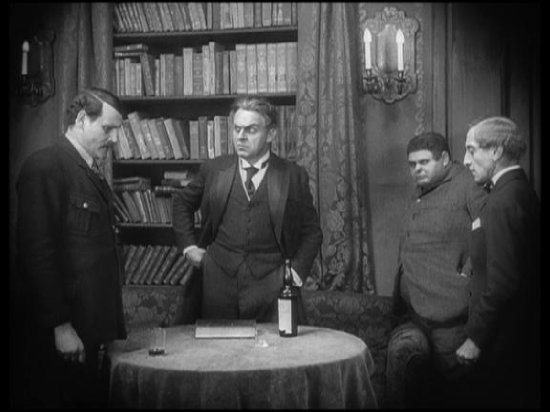
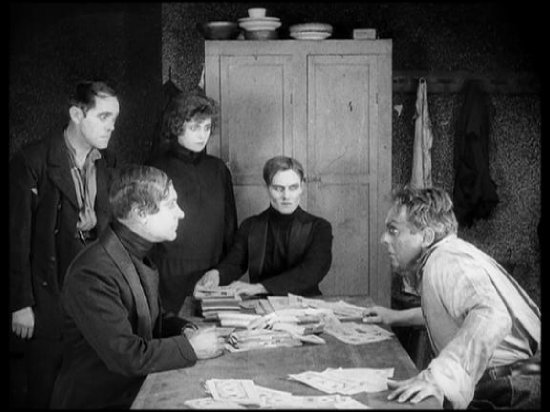
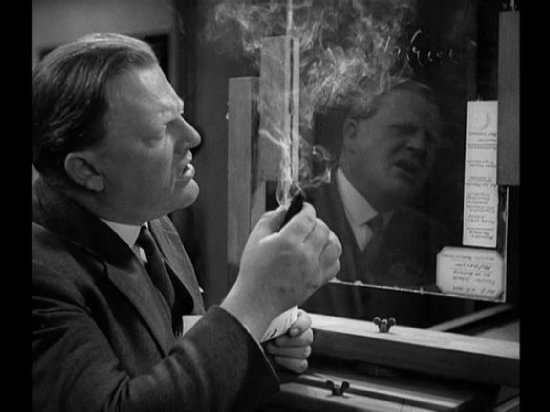

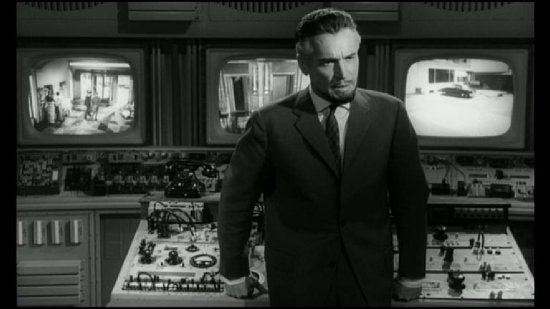
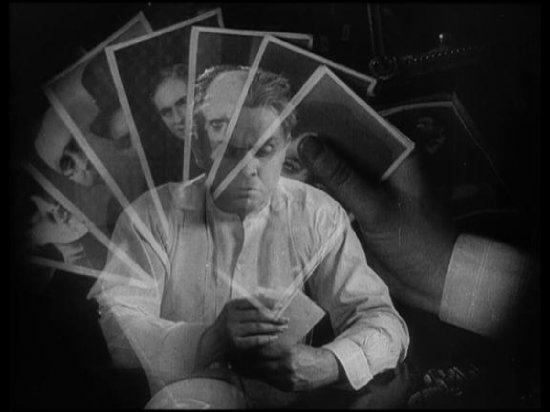
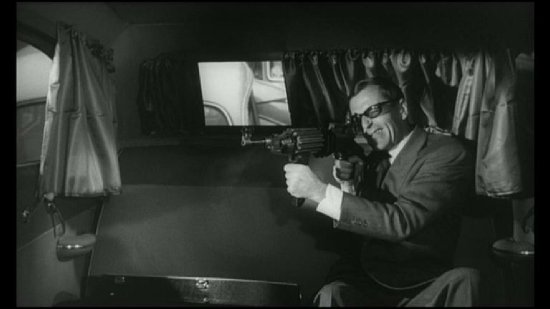
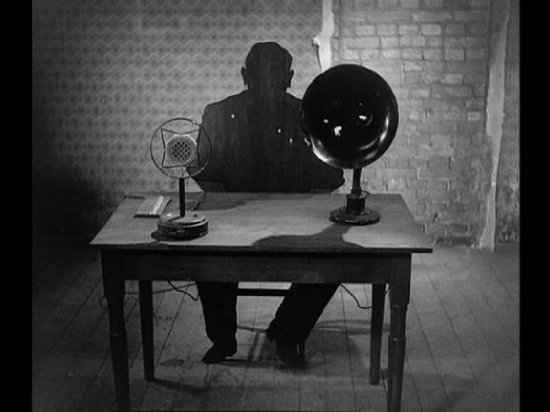
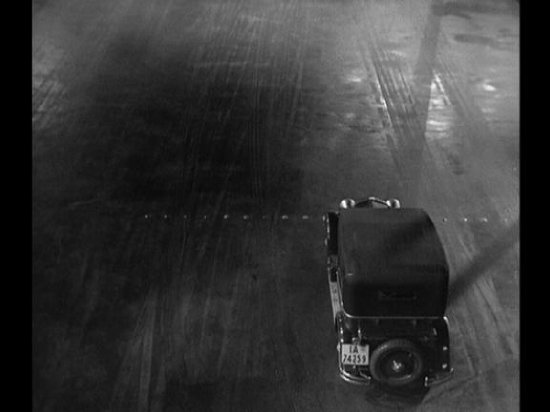
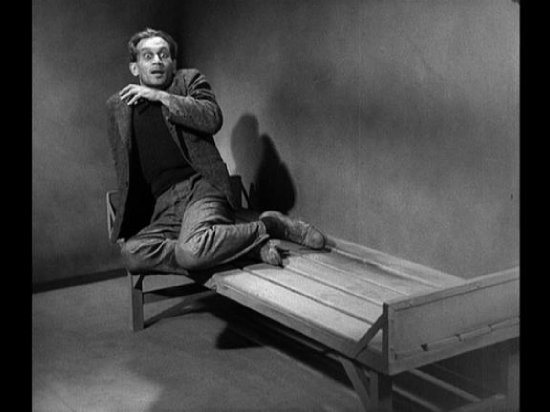
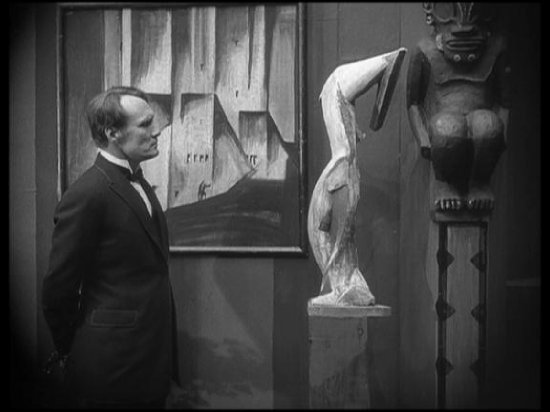
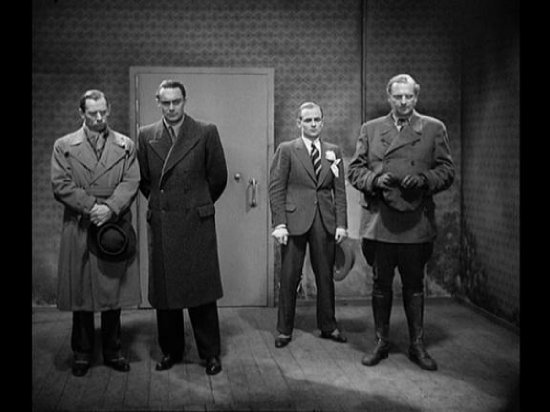
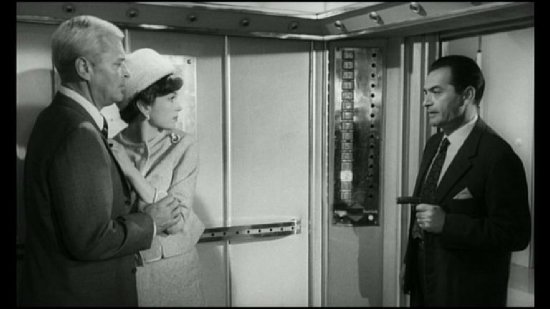
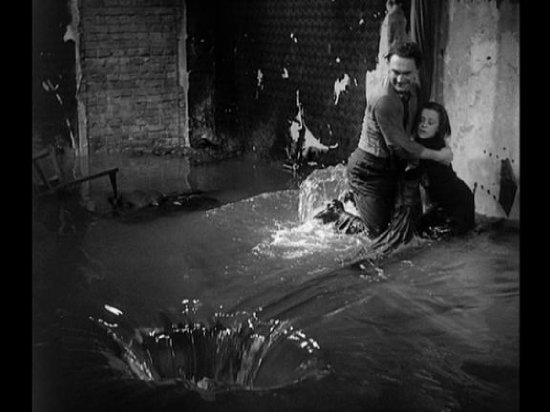
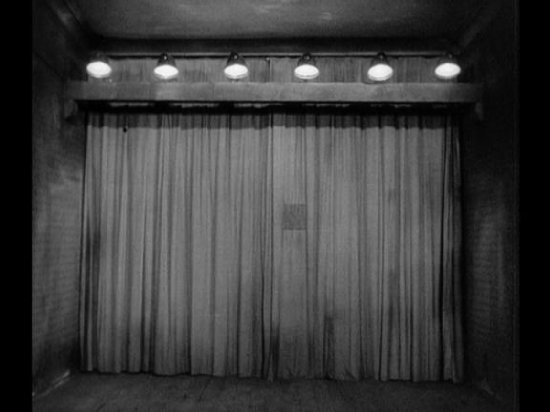

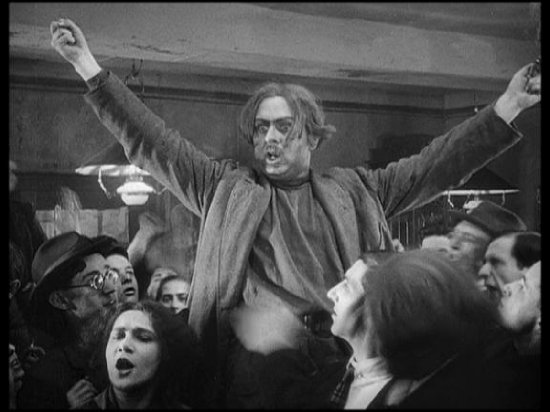
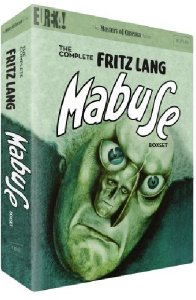
Your Opinions and Comments